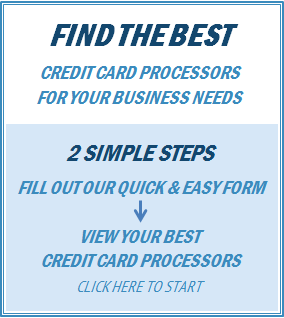Mobile Payments
When a new technology comes along, we sometimes wonder if it’s a joke. After all, do I really want a toilet seat that senses my weight and presence, adjusts firmness in response, and then customizes my “bathroom experience” to match a personalized profile? Well, maybe some people do. But what’s really exciting is when an innovation comes along that really has an impact. Enter mobile payment systems.
The term “mobile payment” really has two distinct meanings. The first is remote electronic payment systems used to take credit cards on the road. Commonly, these have found use for delivery personnel or where retail services are in a temporary location. You can now get a mobile payment app that scans credit cards directly with an attachment to a cell phone. iPhone credit card payment works this way – a small reader plugs right into the phone.
Because of this advance, mobile payment devices used to accept credit cards no longer have to be customized solutions. Payment gateways, merchant accounts and data handling remain pretty much the same. The innovation is allowing sales remotely without the need for a fixed retail location.
Some quick examples of credit card processing by mobile phone:
- New York hotdog vendors who can take your credit card – along with gypsy cabs, flower vendors and street musicians.
- A sales force that not only visits customers, but can process and take payment for orders at the customer’s location. Works for charities, those seeking political contributions, or door to door sales.
- Festivals, fairs, or farmer’s markets where credit cards are accepted.
- Billing and payment at point of service for plumbers, landscapers and others at the worksite without a lag in billing.
- Payments between principals wherever a meeting happens to be held – at lunch, a cocktail lounge, or the golf course.
For these transactions, mobile payment technology brings the sale to the customer. The second use of the term is even more cutting edge. Many of the solutions below are still under development with launch dates this year or next.
The Wallet-less Society
Mobile payment in the second case allows customers to pay for a purchase with a mobile device, typically a phone. This can be done in a few different ways, depending on how the purchase is authenticated. Current methods allow mobile phone payments by running permissions through an online payment processor – mobile phone users connect to the net and the transaction mimics what would happen on a website. In most cases, the customer’s credit card information is stored online and they enter a pin or password to authorize a purchase.
An example of this is the android mobile payments app used at Starbucks. Customers arrange (online) ahead of time, putting their payment details into the system when they register. This is then allows Starbucks to accept mobile payments from that customer in-store.
Advanced Mobile Payment Solutions
The latest development in mobile phone payment is similar in principal to RFID technology already in use. Called, Near Field Communication (NFC), these payment solutions are gaining ground because of the ease of use. The old technology used embedded chips “talking” to a reader and negotiating a sale. Adding the ability to do this to a mobile phone moves closer to a “walletless” society – the mobile phone doubles as a credit or debit card. This is also called “contactless payment” because there is nothing to swipe – the reader recognizes the phone and the customer from a short distance.
One example under development comes from Google, called Google Wallet. But unlike online payment solutions, the payment processor is invisible. To pay by mobile, users simply authorize a transaction with their phone. Merchants who want to use this type of mobile payment system will need a NFC reader.
One part of this model yet to be determined is who will process the payment. Mobile payment companies have to eventually bill a credit card or account in some fashion. Already in use, because of an existing relationship, is a type of direct billing – the mobile phone payment service simply adds the purchase to the phone bill. The disadvantage here is the number of middlemen and the cost. The question is whether phone companies want to be credit providers as well. This is probably the only undetermined aspect of mobile payments. Remember, everything else should remain the same, which includes the payment gateway, merchant account and processing. My guess is that this issue will be worked out as the technology gains in popularity.
The US is actually lagging Europe and Asia in this market, and as the details of mobile payments technology get worked out, it is expected that billing will be made directly through the same system used for credit cards now, instead of through third party mobile payment services. The numbers are just too attractive to ignore — $300 billion by 2013. The expectation is that mobile payments companies will continue to sprout up and competition will be fierce.
In the not too distant future, expect customers to select products and pay for them with very little interaction with sales personnel, whether they are in a store, on the street or just looking at an ad in a newspaper – that’s correct, an ad can be scanned, a purchase recorded, paid for and delivered, all with a few key presses on a mobile phone. Mobile payment service is about to become very popular.


